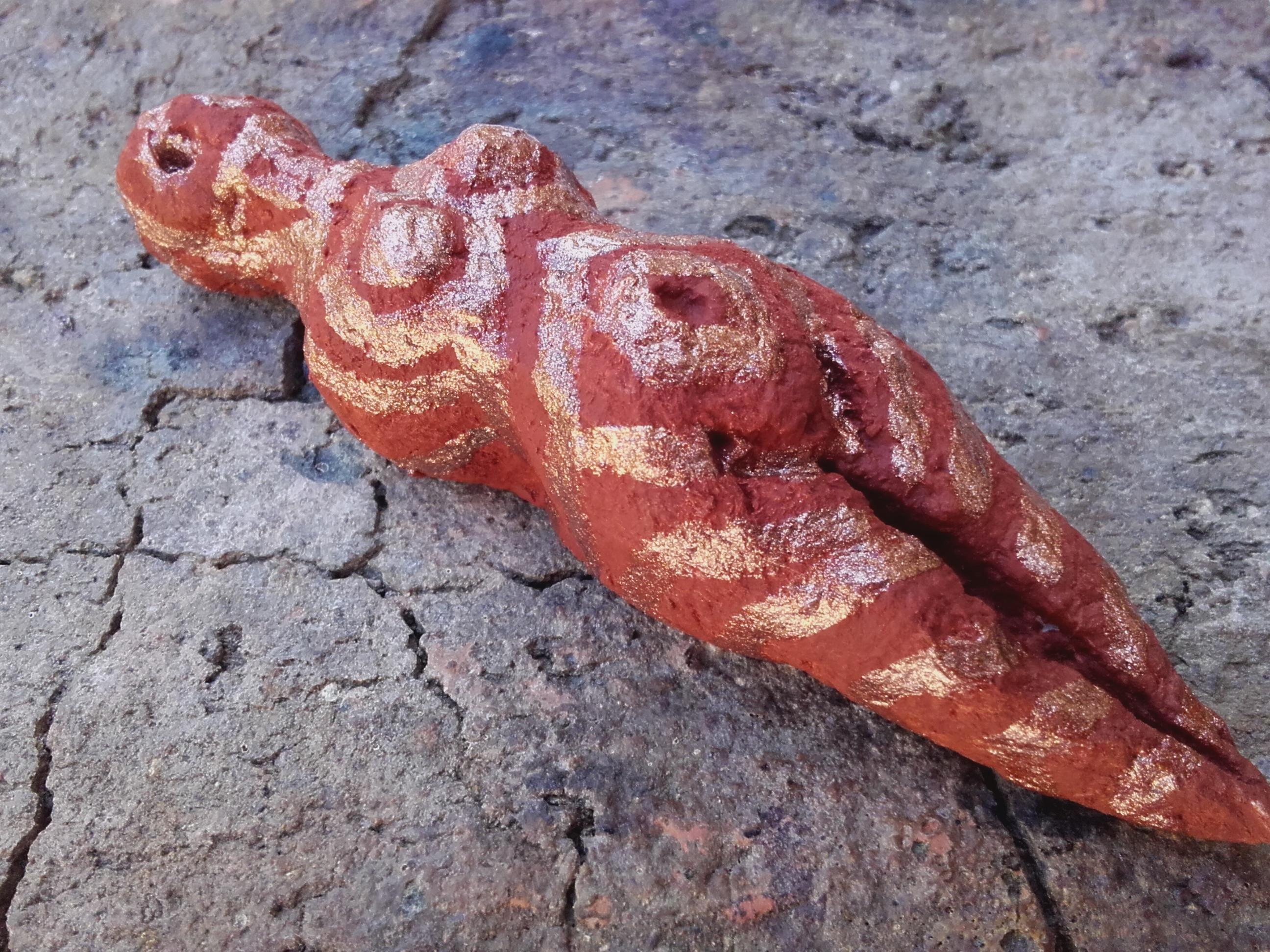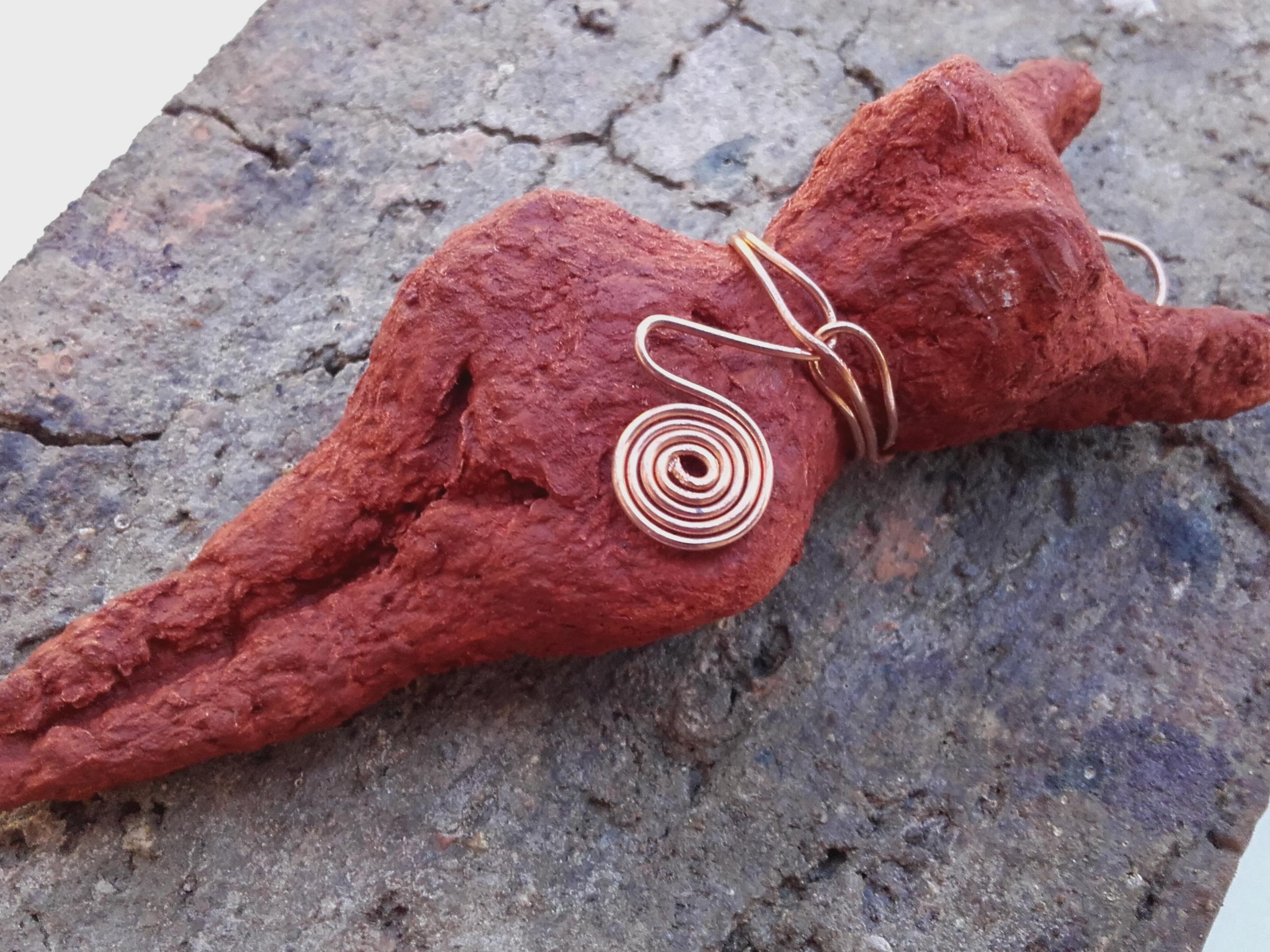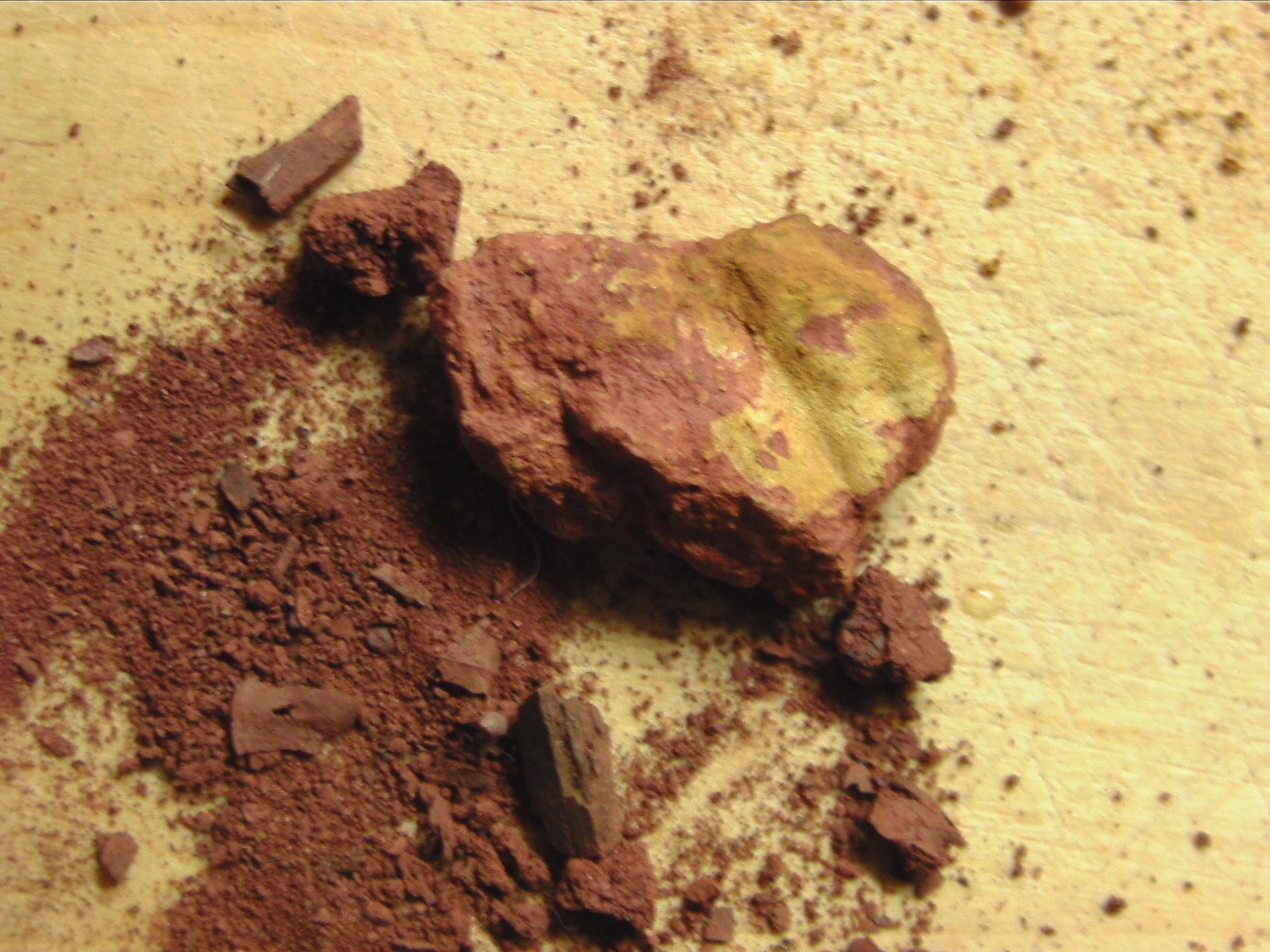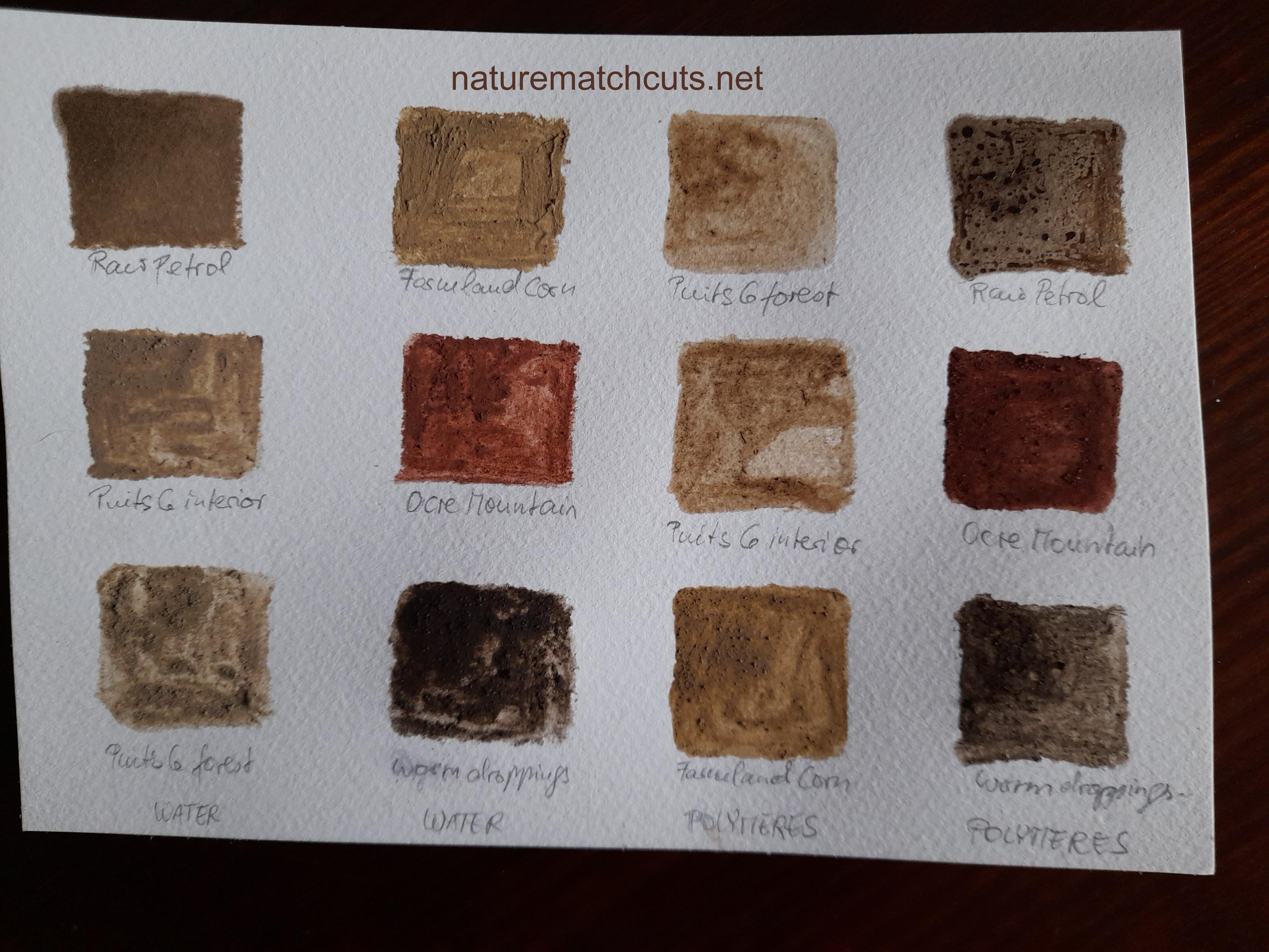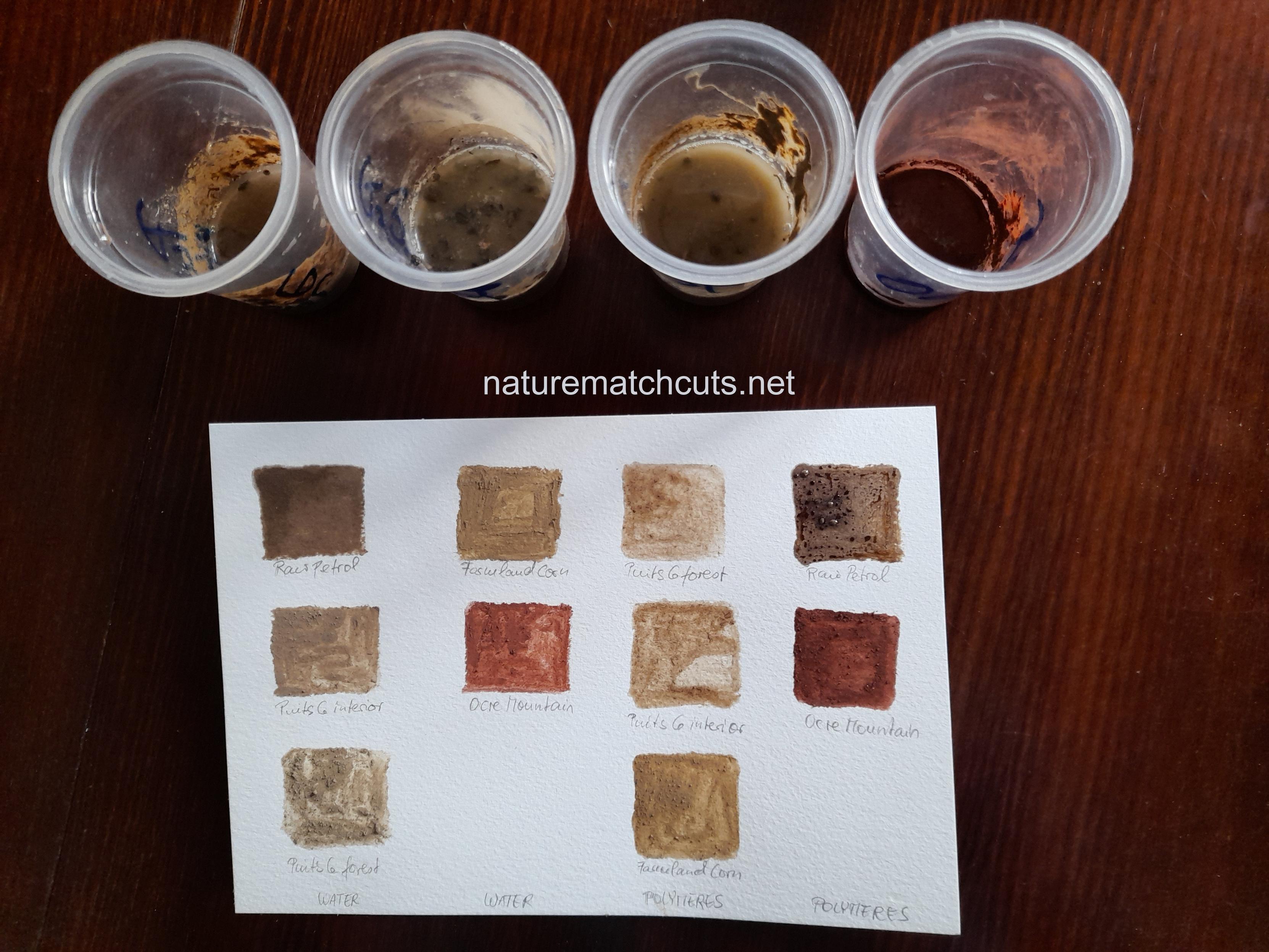🧵 3/ #Artist and #scientist Kirsten Kurtz was one of my inspirations: https://soilpainting.com/ I came to know about her via the UN global #soil painting contest in 2017: https://news.cornell.edu/stories/2017/11/dec-5-global-soil-painting-competition-illustrates-soils-vital-role
She has a recipe using clear gesso and varnish, it's the best if your piece of art should exist longer: https://soilpainting.com/soil-painting-how-to-guide/
#Soil scientist and artist Karen Vaughn worked with #wildfire ashes + soil or #dirt also with kids: https://www.smithsonianmag.com/science-nature/meet-western-soil-scientists-using-dirt-make-stunning-paints-180976796/
🧵 4/4 The Wild Pigment project has good guidelines for #reciprocal #foraging: https://wildpigmentproject.org/reciprocal-foraging
Artist Gary Simpson worked with soil samples from the whole world to track down the #history of places: https://hyperallergic.com/487683/artists-find-common-ground-in-soil-from-around-the-world/
Human comes from humus: a collection of earth art: https://somethingcurated.com/2024/11/15/soil-in-contemporary-art/ from the 1970s until today
And photos of my ocre goddesses inspired by the Cucuteni Trypillia Culture: https://en.wikipedia.org/wiki/Cucuteni%E2%80%93Trypillia_culture
#places #earth #soil #art #histodon #human #pigments #goddess
